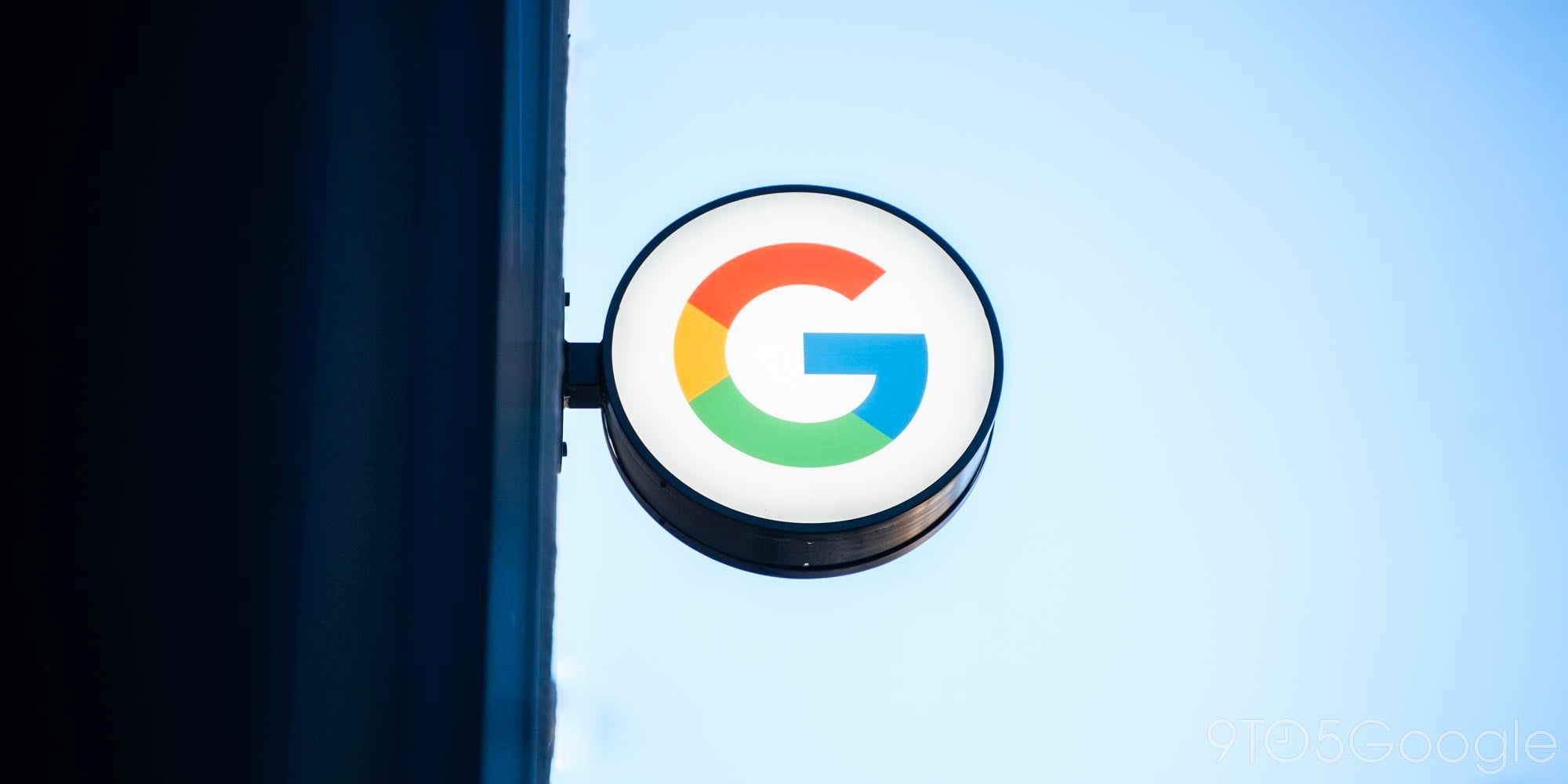
Apple and Google are back at it again and attempting to bring a safe and friendly mobile experience to your car. Android Auto and CarPlay are the two company’s re-imagining of mobile user interfaces for the car and both are gearing up for a major rollout over the next year.
Each system is designed to work with its respective native mobile platform, but there are differences between the two that may appeal to different people. Today we’re comparing Apple’s CarPlay to Google’s Android Auto using the 2015 Hyundai Sonata. This car comes packed with both systems, so you won’t have to compromise either way, but there are some important differences between the two…
Apple’s CarPlay provides a very simple experience. When plugging in your iPhone, the CarPlay logo will appear and you’ll have the ability to launch the interface from the car’s in-dash screen. On the home screen for CarPlay, we have the basic options you’d expect: Phone, Music, Maps, Messages, Now Playing, and Podcasts.
The icons are laid out similarly to an iOS device and most of the available actions are controlled using Siri which can be accessed through individual apps or using the hardware button on the steering wheel. Of course third party app integration is available with choices like Spotify and iHeartRadio, but more compatible apps are rolling out.
Check out our Android Auto vs CarPlay comparison video below:
[youtube=https://www.youtube.com/watch?v=BCAWLKcohGE]
With Android Auto, you’re getting an experience that’s very similar to Google Now on a smarpthone. The dedicated home is filled with Google Now-like cards that will show relevant information depending on the situation. This acts as a home base for all notifications, navigation, and music. There’s not a traditional “home screen” as you’ll find with CarPlay, but there are menu options at the bottom of the screen to access the various features.
Android Auto offers a similar experience to CarPlay with Google Maps, Phone capabilities, SMS (and Hangouts), and Google Play Music (along with many other music/podcast services). Android Auto can be controlled using Google Now commands which are activated with the on-screen button or the dedicated hardware button on the steering wheel.
In terms of design, Google’s Android Auto interface takes on the Material Design look that comes along with Android 5.0 Lollipop. Everything is very clean and fluid when navigating through the system. CarPlay’s design seems very simple, but also features identical functionality for its native platform, though in my opinion Android Auto wins in terms of user interface controls and fluidity.
CarPlay and Android Auto apps are not installed directly on the system, but instead work as projections from your iOS device. If you install an app that has integration, the selection will be available on the interface’s home screen. Android Auto is still in beta, but the APIs and SDK have been made available to developers which will allow many of your favorite apps to roll out integration in the near future. With CarPlay there’s an API, but Apple will need to whitelist apps for them to be available. Keep in mind, neither of these platforms are available in the 2015 Hyundai Sonata yet, but will be available in the future.
Overall, both experiences are very similar, but there’s a clear difference between the two that may come with a few sacrifices depending on your needs. Meanwhile, check out 9to5Mac’s review of Pioneer’s aftermarket CarPlay solution. Check out the comparison video above to find out more and let us know what you think in the comments section below.
FTC: We use income earning auto affiliate links. More.



Comments